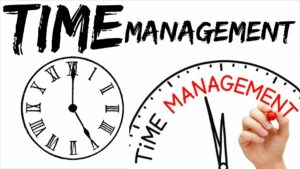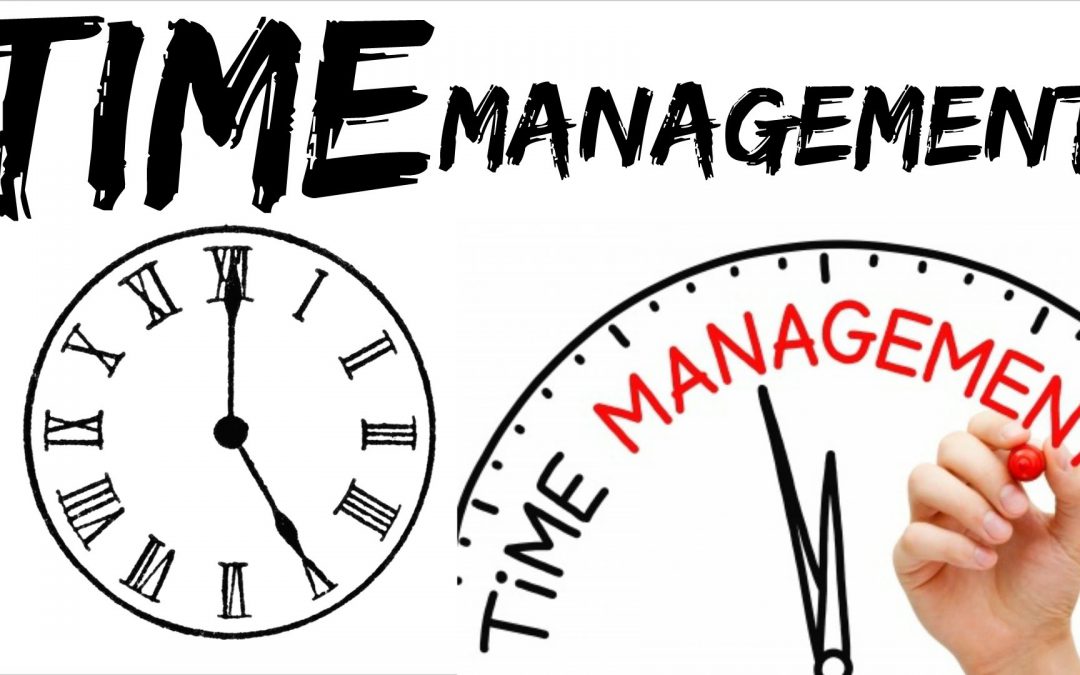
Myth # 1. We can manage time.
The biggest myth is that we can manage time. We cannot influence time one iota. Time is managed perfectly by itself. We can only manage ourselves in the time we have available.
We are given 1440 minutes each day to use as we please. We can’t change that amount. We cannot save any of it or even spend less of it. If we sit idle, doing nothing, time doesn’t stop with us – it ticks on relentlessly. At the end of the day those 1440 minutes are gone, regardless of what we did during the interim.
It’s what we do while time is passing that’s important. No one can manage time; but it is within our power to manage ourselves. Time is an ally not an enemy. It provides the medium in which you can excel in your job, and in other areas of your life.
Myth # 2. Time management is getting more done in less time.
This may be one of the results of time management, but it is certainly not the essence of time management. The problem with associating time management with the volume of work is that it forces us to focus on the number of things accomplished instead of the types of things accomplished.
You may recall the difference between efficiency and effectiveness. Efficiency is getting things done in the best possible way; whereas effectiveness is doing the best possible things. There’s a difference. You may streamline the production of a report so it’s accomplished swiftly, efficiently and on time. But if that report does nothing to further the goals of the organization, the production of it is a waste of time. It’s efficient but not effective.
Similarly, effective time management is not getting more done in less time; it’s getting fewer things done, but of greater importance, in the time that is available.
Myth # 3. “To do” lists help get things done.
Perhaps I’m pushing it a little to call this one a myth. After all, they do help indirectly by preventing us from forgetting all the things we have to do. But they do absolutely nothing to actually get the jobs done. And the problem with touting the necessity of keeping “To do” lists is that people tend to concentrate too much on making lists and not enough time completing the items on the lists.
There are people who keep pages and pages of things to do and seem to have no time to do them. Because the list gets longer and longer, and they don’t want to have to recopy too many items, they are tempted to see how many things they can cross off before the end of the day. So the objective becomes crossing off items rather than getting priority jobs done. There are actually people who do things that are not on their lists and they quickly write them on so they can cross them off. How’s that for productivity?
Another problem with “to do” lists is there is no built-in commitment. You can prioritize them by labeling them A, B, C and so on, or by color-coding them, or by re-copying them in order of priority; but after all this, they are still simply lists of things you intend to do.
Meanwhile, what actually gets done are those things you schedule into your planner. These are usually other people’s priorities – those meetings, appointments, and conference calls – everything involving other people. These are commitments because you have actually reserved the time for them, and you will say “no” to other people in order to protect them.
What I am advocating, of course, is that the next time you identify a priority task that must be done, instead of adding it to a “to do” list, schedule time in your planner to do it. Make an appointment with yourself to work on it – just as you would make an appointment with a client, customer, associate or friend.
Myth # 4. People need a “personal organizer” or other time management tool or App in order to get organized.
Unfortunately many people feel if they buy into a system, it’ll make life easy for them. There’s nothing further from the truth. Some of the organizers, forms or Apps are so complicated to use, that if you’re organized enough to use them, you don’t need them. If you’re not organized and not self-disciplined, an organizer will only consume more time.
That’s not to say organizers or any of the various Apps are not good. But people try to put the cart before the horse. You don’t get organized by using an organizer; you use an organizer to streamline your time management skills once you are organized.
Myth # 5. A “quiet hour” is an effective time management tool.
Well of course it would be, if there were such a thing. But no one is immune to interruptions by other people. Close the door and they’ll come in through the windows! There are email, voice mail, text messages, telephone calls, mail delivery, couriers and half the organization wanting to infringe on our privacy, and in many cases they are successful.
If we tried half the things that books and articles suggest we do to keep from being interrupted we’d be spending more time fending off others than working. We should accept the fact that there will be interruptions and allow for that in our scheduling. If you feel something will take an hour, schedule an hour and a half. And don’t schedule too tightly. Leave plenty of spaces in your planner in the event that some of your priorities do have to be rescheduled.
This is not to say that we should not try to make those meetings with ourselves as interruption-free as possible. If you have a door, close it. If you have voice mail, engage it. If you have assistants who can intercept intruders and handle some of the urgent items, use them. But recognize that even if you eliminated all the external interruptions you’d still have to deal with the enemy within – that is, yourself.
Note: Next week’s blog article will conclude the ten time management myths.


Recent Comments